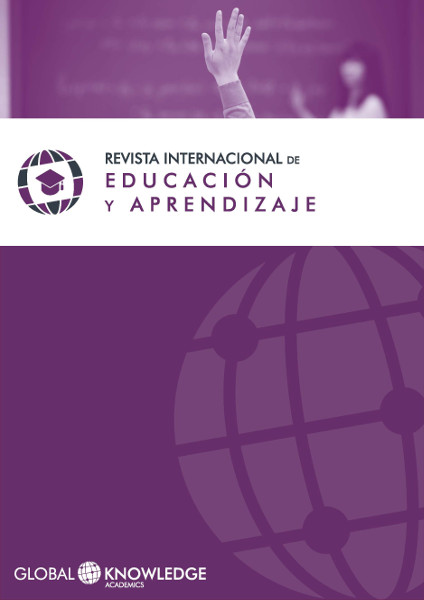Phonetics, Vocabulary and Spoken Grammar as Linguistic Barriers in Oral communication of English Language
DOI:
https://doi.org/10.37467/gka-revedu.v5.1325Keywords:
Linguistic Barriers, Spoken Grammar, Phonology, Oral CommunicationAbstract
This work deals with the linguistic barriers that 7th semester students of Language Career have for communicating orally. The problem was found through a test and by observation. When speaking, they had problems in understanding the spoken message and in grammar they tried to use a correct structure which made difficult to convey in a fluent and accurate message. A book guide, “Defeating some English Linguistic Barriers,” was elaborated and applied solving linguistic problem aspects. After the application, it proved that students improved their oral communication fluently.
Downloads
Global Statistics ℹ️
|
1315
Views
|
671
Downloads
|
|
1986
Total
|
|
References
Eisenberg, E. M. (2010). Organizational communication: Balancing creativity and constraint. New York, NY: Saint Martin’s.
Keyton, J. (2011). Communication and organizational culture: A key to understanding work experience. Thousand Oaks, CA: Sage.
Larson, R. K. (2011). The evolution of human language: Biolinguistic perspectives. New York, NY: Cambridge University Press. DOI: https://doi.org/10.1017/CBO9780511817755
McCarthy, M., and R. Carter. 1995. Spoken gram¬mar: What is it and how can we teach it? ELT Journal 49 (3): 207–218. DOI: https://doi.org/10.1093/elt/49.3.207
Nazara, Situjuh. (2011) Students’ Perception on EFL Speaking Skill Development. Journal of English Teaching. DOI: https://doi.org/10.33541/jet.v1i1.50
Downloads
Published
How to Cite
Issue
Section
License
Those authors who publish in this journal accept the following terms:
-
Authors retain copyright.
-
Authors transfer to the journal the right of first publication. The journal also owns the publishing rights.
-
All published contents are governed by an Attribution-NoDerivatives 4.0 International License.
Access the informative version and legal text of the license. By virtue of this, third parties are allowed to use what is published as long as they mention the authorship of the work and the first publication in this journal. If you transform the material, you may not distribute the modified work. -
Authors may make other independent and additional contractual arrangements for non-exclusive distribution of the version of the article published in this journal (e.g., inclusion in an institutional repository or publication in a book) as long as they clearly indicate that the work was first published in this journal.
- Authors are allowed and recommended to publish their work on the Internet (for example on institutional and personal websites), following the publication of, and referencing the journal, as this could lead to constructive exchanges and a more extensive and quick circulation of published works (see The Effect of Open Access).













